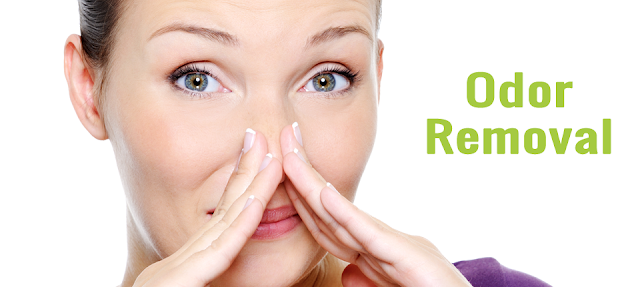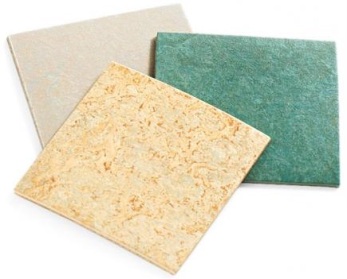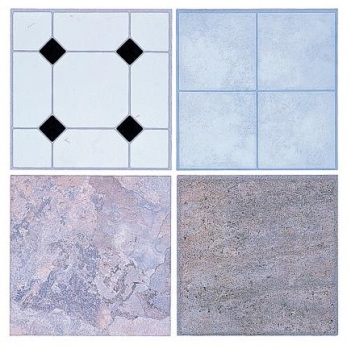Please call 316.413.5742 to get a quote and schedule your appointment. While having your hoarder cleanup services, consider having other items cleaned while the techs are at your home.
People begin hoarding for a number of reasons. They believe they will need the items they keep; they think items will be valuable one day; they are emotionally attached to items, feel sentimental, or they have trouble seeing items in the trash.
Whether hoarding is connected to a medical condition or a condition all its own, it is an issue that divides the medical community.
Regardless of the motivations behind hoarding, it is unsafe and can make living conditions dangerous. ServiceMaster Cleaner’s professional staff is trained to help families compassionately and can safely return a home to habitable conditions.
The majority of hoarding involves clothes, books, knick-knacks, mementos and various paper materials, like stationery or even coupons. There are serious health consequences if this clutter expands to unsafe levels and overtakes a home.
1. Dangers of fire
A home full of books and magazines is loaded with kindling. If paper covers a heat vent, fires may occur. Additionally, overcrowded outlets in a hoarder’s home can spark.
2. Impact on your lungs
Hoarding may lead to health problems, especially if people in an unclean environment breathe in damaging particles. Potential hazards to your respiratory system include mold spores, dust or chemicals.
3. Transmission of disease
When a setting becomes infested with mice, rats and/or biological material like fecal matter or urine, the situation is ripe for the spread of disease. If the home in question is full of animals, this danger may be magnified. It’s important to remember that contact with an infected surface can harm the homeowner or a visitor even if there is no visible threat, as some communicable diseases can survive outside the body for months.
4. Getting trapped or injured
When belongings are precariously stacked throughout a home, falling items sometimes injure hoarders. They may trip and hurt themselves and can even get trapped under debris.
5. Clutter obstructs first responders
In the event of an emergency, first responders may not be able to navigate a home to offer assistance if the clutter obstructs entrances or pathways to the bedroom.
Cleaning a home occupied by a hoarder can be very dangerous. There are many serious hazards to avoid. That’s why it is important to call a professional when a home is in need of remediation.
Aftermath works with families and friends to remove waste and eliminate health risks. Our process helps prevent the spread of communicable diseases and offers the peace of mind that comes with knowing waste is disposed of properly. If you need assistance, give us a call. We’ll put the Aftermath Way to work for you.
People begin hoarding for a number of reasons. They believe they will need the items they keep; they think items will be valuable one day; they are emotionally attached to items, feel sentimental, or they have trouble seeing items in the trash.
Whether hoarding is connected to a medical condition or a condition all its own, it is an issue that divides the medical community.
Regardless of the motivations behind hoarding, it is unsafe and can make living conditions dangerous. ServiceMaster Cleaner’s professional staff is trained to help families compassionately and can safely return a home to habitable conditions.
The health consequences of hoarding
The majority of hoarding involves clothes, books, knick-knacks, mementos and various paper materials, like stationery or even coupons. There are serious health consequences if this clutter expands to unsafe levels and overtakes a home.
1. Dangers of fire
A home full of books and magazines is loaded with kindling. If paper covers a heat vent, fires may occur. Additionally, overcrowded outlets in a hoarder’s home can spark.
2. Impact on your lungs
Hoarding may lead to health problems, especially if people in an unclean environment breathe in damaging particles. Potential hazards to your respiratory system include mold spores, dust or chemicals.
3. Transmission of disease
When a setting becomes infested with mice, rats and/or biological material like fecal matter or urine, the situation is ripe for the spread of disease. If the home in question is full of animals, this danger may be magnified. It’s important to remember that contact with an infected surface can harm the homeowner or a visitor even if there is no visible threat, as some communicable diseases can survive outside the body for months.
4. Getting trapped or injured
When belongings are precariously stacked throughout a home, falling items sometimes injure hoarders. They may trip and hurt themselves and can even get trapped under debris.
5. Clutter obstructs first responders
In the event of an emergency, first responders may not be able to navigate a home to offer assistance if the clutter obstructs entrances or pathways to the bedroom.
ServiceMaster by Best returns homes to a safe environment
Cleaning a home occupied by a hoarder can be very dangerous. There are many serious hazards to avoid. That’s why it is important to call a professional when a home is in need of remediation.
Aftermath works with families and friends to remove waste and eliminate health risks. Our process helps prevent the spread of communicable diseases and offers the peace of mind that comes with knowing waste is disposed of properly. If you need assistance, give us a call. We’ll put the Aftermath Way to work for you.










